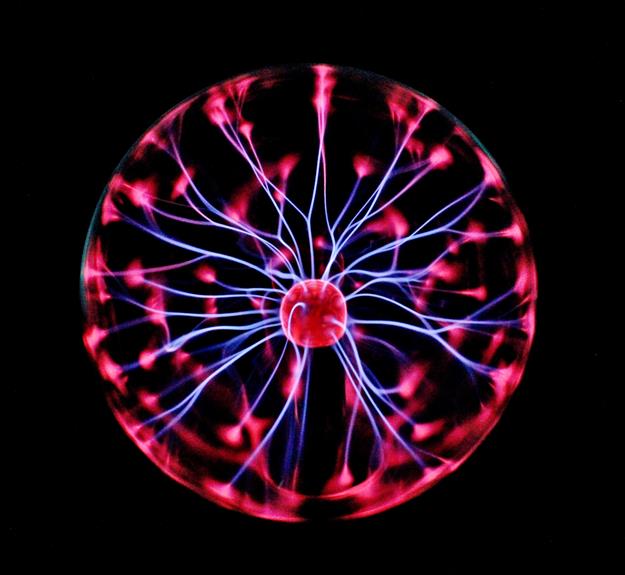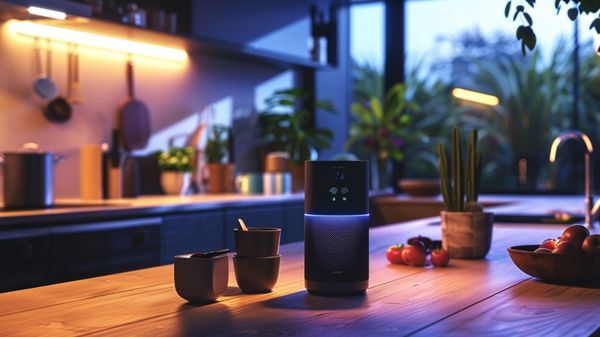Hey there! Are your energy bills draining your wallet and the earth’s resources? Well, we’re here to help.
In this article, we’ll spill the beans on energy-saving secrets that will keep you cool and guilt-free. By finding the perfect temperature for your home, you can save big bucks and reduce your carbon footprint.
Plus, we’ll guide you through maintaining your HVAC system, making eco-friendly changes, and maximizing control over your energy usage.
Get ready to unlock the secrets to energy-saving coolness!
Benefits of Finding an Ideal Temperature
Finding an ideal temperature offers numerous benefits, like saving money and energy, preventing system breakdowns, and contributing to a cleaner environment. Optimizing thermostat settings is key to achieving energy efficiency. By setting the thermostat to 78 degrees, you can save both money and energy. Dialing back the thermostat by just a few degrees can reduce annual energy expenses by 10% each year. This not only helps your wallet but also lowers your carbon footprint.
Keeping your HVAC system in top shape is essential. Avoid costly repairs and replacements by maintaining an optimal temperature. This also extends the lifespan of your equipment and ensures clean air delivery.
Keeping Your System up to Par
To keep our HVAC systems running smoothly and efficiently, we must ensure that we’re maintaining optimal temperatures and avoiding continuous repairs or replacements. Here are some tips to keep your system up to par:
- Preventing system breakdowns: Regular maintenance and inspections can catch small issues before they become major problems.
- Conserving energy and reducing strain: Set your thermostat to a reasonable temperature and avoid constantly adjusting it. This helps your system operate efficiently and prevents unnecessary strain.
- Keeping air filters clean: Dirty filters restrict airflow, making your system work harder. Regularly cleaning or replacing filters can improve efficiency and prevent breakdowns.
Protecting the Environment
To continue our discussion on keeping our HVAC systems up to par, let’s now shift our focus to protecting the environment. By implementing eco-friendly practices and promoting sustainability, we can make a positive impact on our planet. Cutting down on the use of nonrenewable resources and lowering carbon emissions are just a couple of the benefits.
By reducing our carbon footprint, we contribute to a cleaner and greener world. Choosing energy-efficient systems and appliances, such as those with standby modes and energy-saving settings, can also help in protecting the environment.
Making small changes in our homes, like using tankless water heating fixtures and unplugging appliances when not in use, can further reduce energy consumption. So let’s do our part and embrace these eco-friendly practices to create a more sustainable future.
Considering Air Conditioning Features
Considering air conditioning features, we prioritize energy efficiency and comfort to create an optimal cooling experience. Here are three key factors to consider when choosing an air conditioning system:
- Investing in energy efficient models: Look for systems that have high SEER (Seasonal Energy Efficiency Ratio) ratings, as they consume less energy while delivering powerful cooling.
- Utilizing smart thermostats: These intelligent devices allow you to control and schedule your cooling settings remotely, optimizing energy usage and saving money.
- Choosing Energy Star certified systems: These systems meet strict energy efficiency guidelines set by the Environmental Protection Agency, ensuring significant energy savings without sacrificing performance.
By investing in energy efficient models, utilizing smart thermostats, and choosing Energy Star certified systems, you can stay cool while reducing your carbon footprint and enjoying cost savings.
Making Eco-Friendly Changes in Your Home
As we continue our exploration of energy-saving coolness, let’s now delve into making eco-friendly changes in our homes to further reduce our carbon footprint and promote a greener world.
When it comes to water heaters, tankless options are more energy efficient than traditional ones. Tankless water heaters only heat water when you need it, eliminating the need for a constantly heated tank. This saves energy and money in the long run.
Another eco-friendly change you can make is to unplug appliances when they’re not in use. Even when turned off, appliances still consume energy when plugged in. By unplugging them, you can significantly reduce your energy consumption and lower your electricity bill.
Saving Money and Energy
Let’s explore the benefits of energy-saving practices in order to save money and reduce our carbon footprint.
- Set the thermostat to 78 degrees and save money on energy bills.
- Dial back the thermostat and reduce annual energy expenses by 10% each year.
- Maintain your HVAC system to prevent breakdowns and costly repairs.
By finding the ideal temperature, we not only save money but also contribute to a cleaner environment. Keeping our HVAC system up to par ensures optimal performance and efficiency while extending its lifespan. This means fewer repairs, cleaner air, and reduced strain on the system.
Furthermore, we can protect the environment by cutting down on nonrenewable resources, lowering carbon emissions, and promoting sustainability. Consider air conditioning features, such as standby mode and climate zones, to maximize energy savings.
Extending the Lifespan of Your HVAC System
To ensure the optimal performance and longevity of our HVAC system, we must take proactive measures to extend its lifespan and avoid unnecessary repairs or replacements.
By reducing maintenance costs and increasing energy efficiency, we can save money while keeping our system running smoothly. One way to achieve this is by regularly cleaning and replacing air filters, which improves airflow and prevents strain on the system.
Additionally, scheduling regular professional maintenance checks can identify and address any potential issues before they become major problems.
Another effective method is to seal air leaks in our home, which not only improves energy efficiency but also reduces the workload on our HVAC system.
Ensuring Clean Air Delivery
To ensure the optimal performance and longevity of our HVAC system, we must maintain clean air delivery throughout our home. Improving indoor air quality is essential for a healthy and comfortable living environment. Here are some HVAC maintenance tips to ensure clean air delivery:
- Regularly clean or replace air filters to prevent dust and debris buildup.
- Schedule professional duct cleaning to remove any accumulated dirt or allergens.
- Use a humidifier or dehumidifier to control moisture levels and prevent mold growth.
By following these tips, we can improve indoor air quality, reduce the risk of respiratory issues, and keep our HVAC system running efficiently.
Lowering Carbon Emissions
Lowering carbon emissions is an essential aspect of reducing our environmental impact and promoting sustainability. By taking steps to reduce our carbon footprint, we can make a positive impact on the planet and contribute to a cleaner, greener world.
Reducing environmental impact can be achieved by cutting down on the use of nonrenewable resources and choosing energy-saving options. This includes investing in energy-efficient HVAC systems with standby modes and climate zones, as well as choosing appliances with energy-saving settings and standby power modes.
Making eco-friendly changes in our homes, such as using tankless water heating fixtures and implementing energy-saving habits, further contributes to reducing carbon emissions.
Maximizing Control Over Energy Usage
Our control over energy usage can be maximized by utilizing the features of our HVAC system. To optimize thermostat settings and implement energy efficient cooling strategies, consider the following:
- Embrace programmable thermostats: Set customized temperature schedules to avoid wasting energy when no one is home. It’s like having a personal assistant for your HVAC system!
- Take advantage of smart technology: Connect your HVAC system to a smart home hub or app for remote control and real-time energy monitoring. It’s like having a personal trainer for your energy usage!
- Utilize zoning capabilities: Divide your home into separate climate zones to cool specific areas only when needed. It’s like having a personal stylist for your comfort!
By implementing these strategies, you’ll have greater control over your energy usage and can enjoy a more comfortable, energy-efficient home.
Conclusion
By unlocking the secrets to energy-saving coolness, you can enjoy optimal comfort while reducing your environmental impact.
Set your thermostat to the recommended 78 degrees to save money and cut down on energy expenses.
Maintain your HVAC system to prevent breakdowns and ensure clean air delivery.
Make eco-friendly changes in your home and consider energy-efficient air conditioning systems to further optimize energy usage.
Together, we can lower carbon emissions and make a positive impact on both our wallets and the planet.
Let’s embrace the power of energy-saving coolness.




